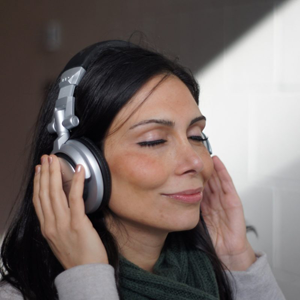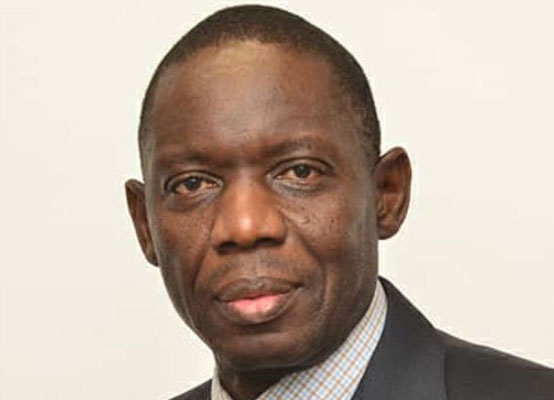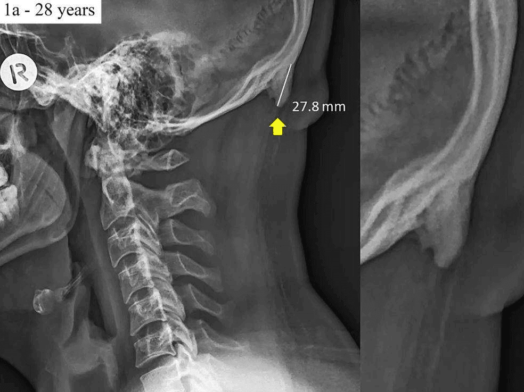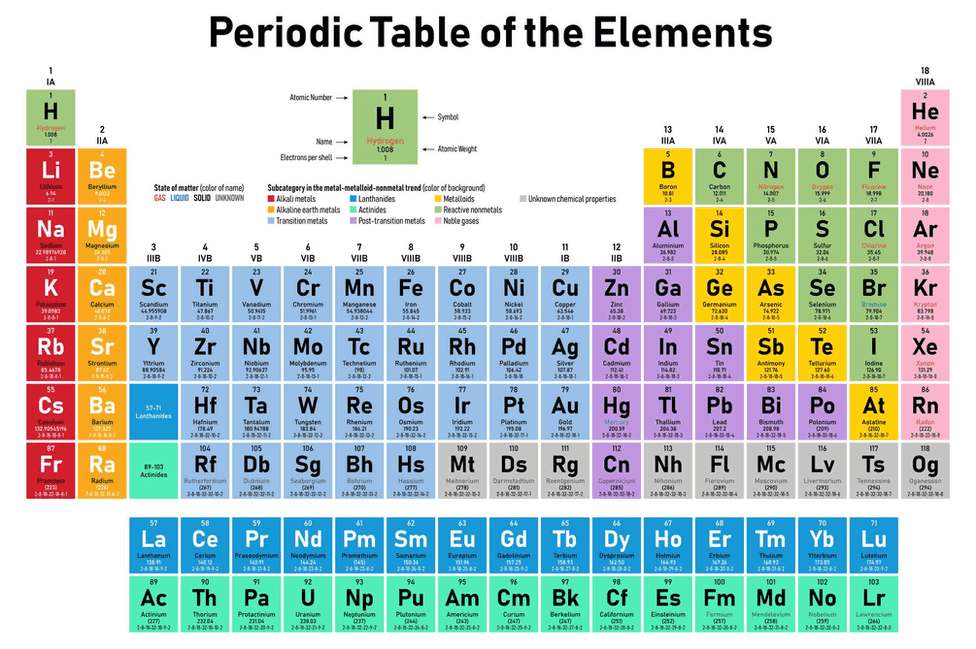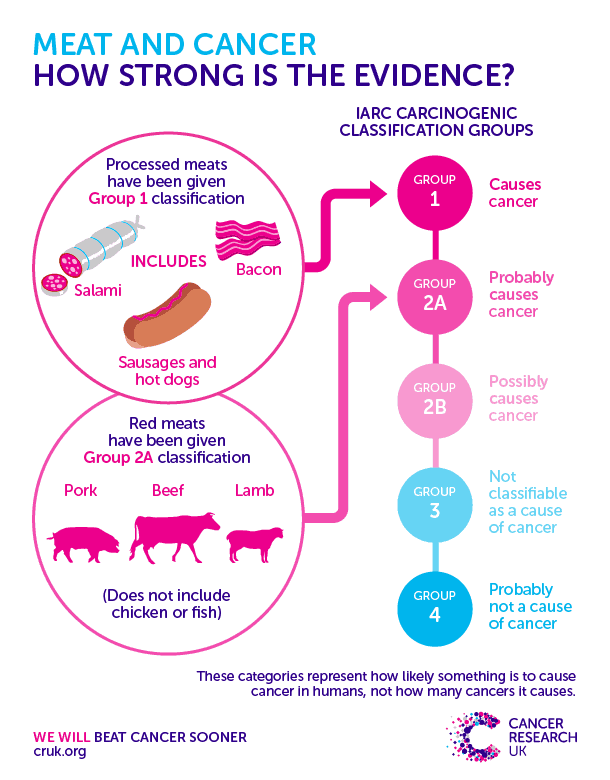Physical pain is the body’s response to damage, such as from injury or illness. It begins as a neurological response, when signals travel from the source and through pain receptors – called nociceptors – to the brain. In addition to the physical sensation, however, an emotional response can also be triggered when pain signals interact with areas of the brain that are involved in thinking and emotion, or as a result of a subjective perception of pain.
According to Toronto’s Krembil Brain Institute senior scientist, Karen Davis, “There’s quite a pattern of activity that permeates through the brain that leads to all the complexities of what we feel associated with that initial hurt,” and all the processing that the brain does in response to pain even makes it possible for us to ignore pain signals when necessary.
This means that while areas of our brain can also cause emotional pain following physical pain, our brain allows us to suppress or minimize our responses to pain signals, as well, such as during an accident when the survival response is more critical
For people with chronic pain and even those with depression and other mental health issues, it is possible to intentionally tune out emotional pain by engaging in activities that stimulate the pleasure centers of the brain or produce a feeling of calm.
From an evolutionary perspective, pain serves the purpose of preventing or minimizing damage to the body. The emotional suffering associated with physical pain evolved in animals with more complex brains and that are highly social, and serves the purpose of enhancing memory so that they can remember more clearly what caused the physical pain and, therefore, be better equipped to avoid the same experience.
Robyn Crook, a biologist and brain researcher at San Francisco State University studying the link between physical and emotional responses to pain, adds, “Experiencing pain yourself produces empathy for other group members or other family members that are in pain.” This enables you to “offer help to them because of the empathetic response or the emotional response to pain.” (Ibid.)
For some people who suffer from mental health disorders, emotional pain has a great potential to be debilitating. Pain is a danger signal; but long-term pain, especially emotional pain that is associated with a mental health issue, no longer serves a beneficial purpose.
Stanford University psychologist Beth Darnall explains, “Mental health disorders amplify pain. They engage regions of the brain that associate with pain processing. And they can also facilitate rumination and fearful focus on the pain.” But, as mentioned above, there are techniques that can help control how the brain processes pain signals.
Because pain is essentially a function of the brain, effective strategies for pain control or management should, therefore, involve the psychological aspect of the condition. Psychological therapies have actually proven themselves to be useful alternatives to pain medications.
The brain or, more specifically, the neurological system is the connection between physical and emotional pain. It triggers the pain response and it can also control it. This connection gives a whole new meaning – a literal meaning – to the phrase, “mind over matter.” Using brain power to control our pain response is still easier said than done, especially if a mental health disorder is also present or is the main condition. But having an understanding of the brain-and-pain connection can help sufferers seek the right kind of help.





